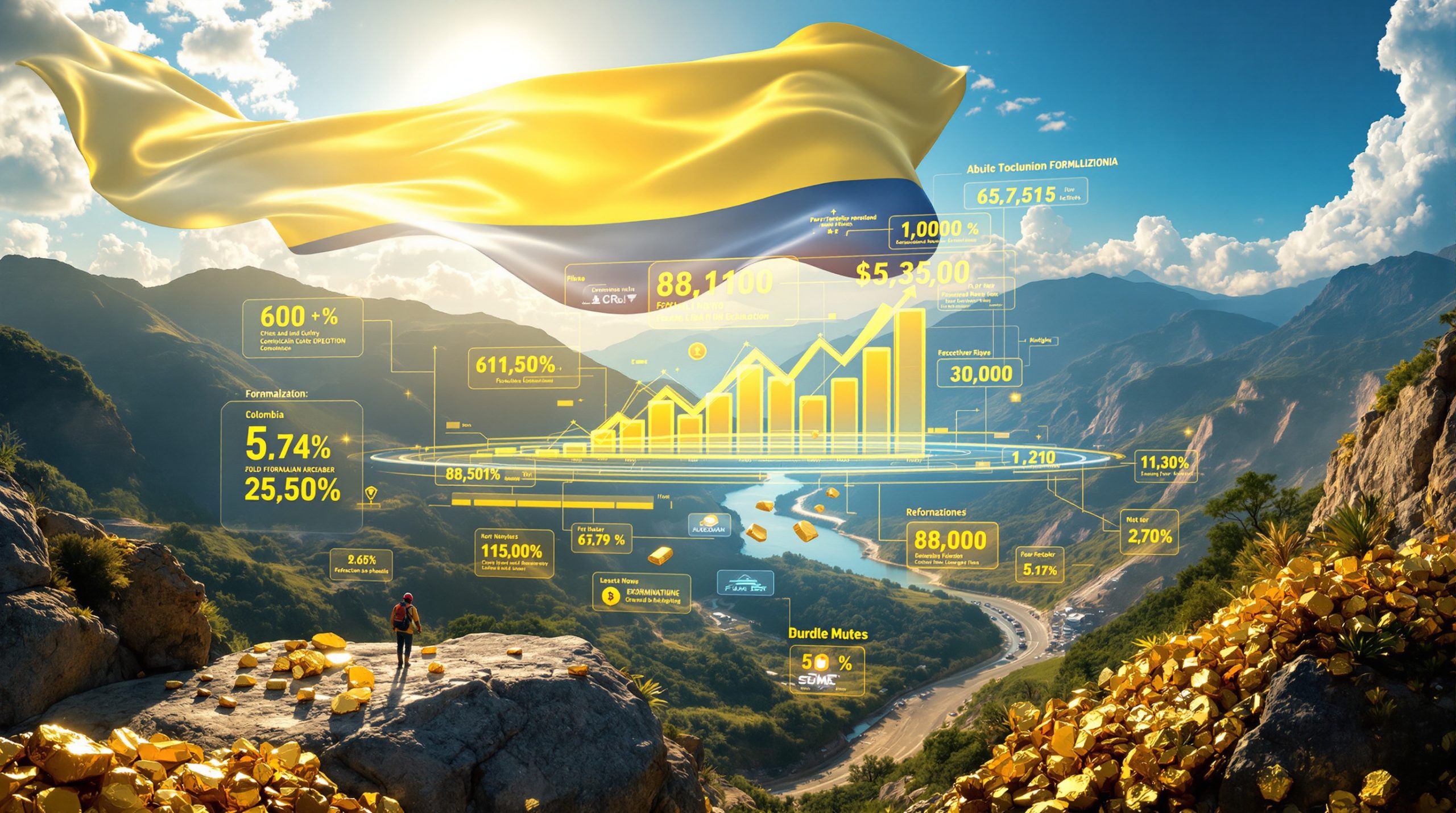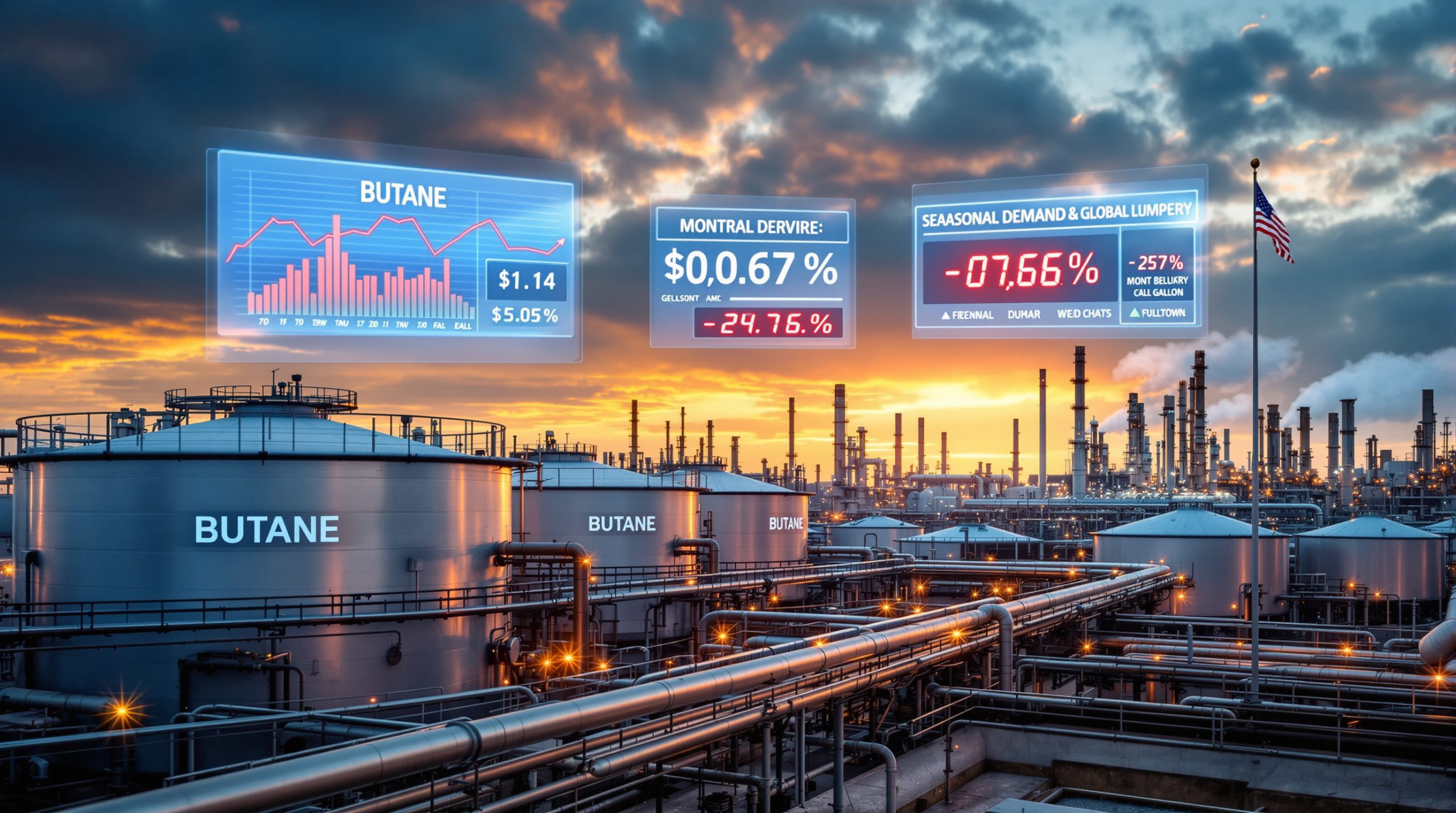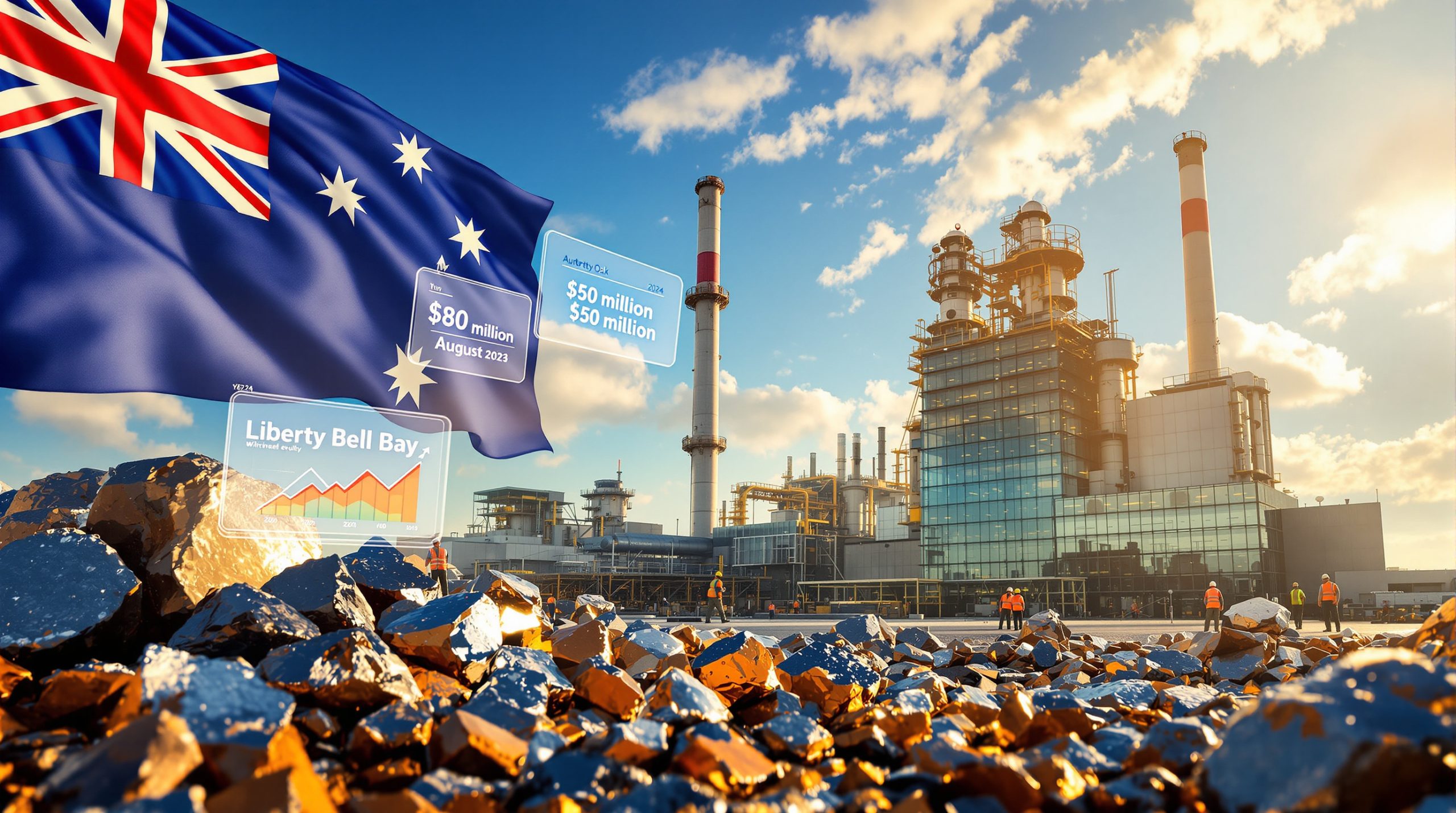Iron Ore Miners and Tariff Turmoil: A Comprehensive Analysis
Understanding the Current Crisis
The global iron ore industry is experiencing a perfect storm of challenges. Leading miners BHP Group Ltd., Rio Tinto Group, and Vale SA have all reported significant quarterly shipment declines, creating ripples throughout global supply chains and financial markets.
Weather has emerged as a primary disruptor in the sector. Rio Tinto has been particularly affected, with exports slumping by 9% to a six-year low in the first quarter of 2025. This dramatic decline stems from cyclone activity in Australia's resource-rich Pilbara region, which accounts for approximately 40% of the global seaborne iron ore trade.
"The combination of cyclonic conditions in Western Australia and unprecedented rainfall in northern Brazil has created a supply squeeze not seen since the 2019 Vale dam collapse," notes industry analyst Maria Chen.
Meanwhile, Vale's Brazilian operations have suffered from exceptionally heavy rainfall, flooding open-pit mines and halting operations at its flagship Carajás complex, which typically produces around 80% of the company's total iron ore output.
China Trade War Concerns
Compounding these production challenges is the looming specter of trade tensions between China and its major iron ore suppliers. As China consumes approximately 70% of globally traded iron ore, any shift in trade policy could dramatically reshape market dynamics.
Recent diplomatic exchanges suggest Beijing may be considering targeted tariffs on Australian iron ore imports as leverage in wider geopolitical disputes. For miners like BHP and Rio Tinto, who derive over 60% of their iron ore revenue from Chinese buyers, this represents an existential threat to their business models.
"The potential decoupling of China from Australian iron ore would represent the most significant restructuring of global commodity flows in decades," explains Dr. Wei Zhang, economist at the Global Resources Institute.
How Are Major Iron Ore Producers Affected?
BHP Group Production Analysis
BHP Group, one of the world's largest diversified mining companies, has reported a 7.4% year-over-year decline in iron ore production for Q1 2025. This marks its second consecutive quarterly drop, primarily attributable to disruptions at its Western Australian operations.
The company's Newman and Mining Area C operations were forced into temporary shutdowns following Cyclone Jasper, which damaged critical rail infrastructure and flooded several active mining pits. Engineers estimate that full restoration of transportation networks will take approximately 6-8 weeks, similar to recovery timelines following 2023's Cyclone Ilsa.
BHP has responded strategically by redirecting maintenance schedules to coincide with the forced downtime and accelerating development at its South Flank project, which remains on track for full production capacity by 2026 with a $4 billion investment commitment.
Rio Tinto's Six-Year Low
Rio Tinto's situation appears even more challenging, with its 9% export decline representing the company's worst quarterly performance since 2019. The miner's heavy reliance on its Pilbara operations has exposed a vulnerability to regional weather events.
Cyclones Jasper and Kirrily caused extensive damage to Rio's 1,700-kilometer rail network, which is crucial for transporting ore from inland mines to coastal shipping facilities. Port facilities at Dampier and Cape Lambert also sustained damage to loading equipment, further constraining export capacity.
"Rio Tinto's recovery timeline remains uncertain, with conservative estimates suggesting normal operations won't resume until mid-Q3," states James Wilson, resource analyst at Argonaut Securities. "This creates a potential 15-20 million tonne shortfall in projected annual production."
Vale's Brazilian Challenges
Vale SA, the Brazilian mining giant, faces a different set of challenges than its Australian counterparts. Unprecedented rainfall in Brazil's northern mining districts has created severe operational disruptions, particularly at the company's S11D complex – the world's largest iron ore mine.
The company's quarterly production declined by 5.8% compared to the same period last year, though this represents a less severe drop than experienced by Australian producers. This relative outperformance highlights a key geographical advantage: Brazilian operations face different seasonal challenges than Australian mines, potentially positioning Vale to gain market share during Australia's cyclone season.
Vale's recovery efforts benefit from substantial infrastructure investments made following the 2019 Brumadinho dam disaster, including improved drainage systems and more robust logistics networks.
What Does This Mean for Global Iron Ore Markets?
Supply Constraints and Price Implications
The combined production shortfalls from the world's three largest iron ore producers have created significant supply constraints in global markets. With approximately 35 million tonnes of production removed from first-quarter supply projections, market dynamics have shifted dramatically.
Iron ore prices have surged with volatility, spiking 15% in the immediate aftermath of the production announcements before moderating slightly. Futures markets indicate continued uncertainty, with the iron ore volatility index up 22% year-over-year.
Historical precedents suggest weather-related disruptions typically trigger short-term price surges followed by moderation once logistics networks recover. However, the coinciding trade tensions create a more complex and unpredictable market environment than previous disruptions.
Demand-Side Considerations
China's steel production forecasts remain robust despite economic headwinds, with output projected to reach approximately 1 billion metric tons in 2025. This sustained demand creates additional pressure in an already constrained supply environment.
Chinese steel producers have begun exploring alternative supply sources, including increased imports from mid-tier producers in India and South Africa. However, these suppliers lack the scale to fully compensate for potential shortfalls from major producers.
"Chinese mills have increased their stockpiles by approximately 15% above five-year averages in anticipation of continued supply chain volatility," reports Li Wei, commodities analyst at Beijing Metal Exchange Research.
Trade War Dynamics and Iron Ore
Potential Tariff Structures
Trade tensions between China and Australia have prompted speculation about potential tariff structures that could be implemented against Australian iron ore exports. Analysts project that tariffs could range from 10-15%, similar to measures imposed on Australian coal exports in 2024.
Such tariffs would significantly impact profit margins for BHP and Rio Tinto, potentially reducing EBITDA by 18-22% according to modeling by Goldman Sachs. Vale, as a non-Australian producer, could benefit substantially from any tariff regime that disadvantages its Australian competitors.
Historical trade actions in the resource sector suggest that commodity-specific tariffs often lead to market distortions rather than achieving intended policy objectives. The 2018 U.S.-China steel tariffs demonstrated how trade restrictions often result in price increases for domestic consumers while creating new trade flow patterns.
Strategic Responses from Mining Companies
Major miners have already begun implementing diversification strategies to reduce their exposure to China-specific trade risks. Rio Tinto has expanded its customer base, signing a landmark agreement with South Korea's POSCO to supply 15 million tonnes annually over a ten-year period.
BHP has accelerated its portfolio diversification beyond iron ore, increasing investments in copper and nickel projects to capture opportunities in the energy transition sector. The company's $3.4 billion Jansen potash project represents another strategic pivot away from exclusive reliance on iron ore revenues.
Vale, meanwhile, has focused on improving ore quality and reducing impurities, positioning its products as premium alternatives that command higher prices and face fewer regulatory hurdles.
Regional Impact Analysis
Australia's Iron Ore Sector
Australia's Pilbara region represents approximately 20% of global iron ore supply, producing around 1 billion metric tons annually. The economic implications of production disruptions and potential tariffs extend far beyond corporate balance sheets, potentially impacting Western Australia's economy, which derives approximately 5% of its GDP directly from iron ore mining.
The Australian federal government has responded to recent disruptions by allocating emergency funding for infrastructure repairs and exploring expanded disaster resilience programs for critical export facilities. Diplomatically, Australian trade representatives have intensified engagement with Chinese counterparts, seeking to decouple resource trade from broader geopolitical market strategies.
"Australia's LNG export growth provides some buffer against potential iron ore revenue losses," explains Dr. Sarah Mitchell of the Australian National University. "However, the minerals sector remains fundamental to Australia's trade balance and cannot be quickly replaced."
Brazil's Competitive Position
Brazil's position in the global iron ore market could strengthen significantly if Australia-China trade tensions escalate. Vale's Carajás operations contribute approximately 300 million metric tons annually to global supply, with extensive expansion plans underway.
Brazilian exports face their own challenges, however, particularly in logistics infrastructure. Railway bottlenecks and port capacity constraints continue to limit the country's ability to rapidly increase export volumes, despite having substantial untapped mineral reserves.
The Brazilian government has prioritized infrastructure development in mining regions, including the $3.6 billion Ferrogrão railway project intended to reduce transportation costs by up to 30% for mineral exports.
Investment Implications
Short-Term Market Outlook
Iron ore miners and tariff turmoil are expected to drive continued price volatility through 2025, with technical analysis suggesting a trading range between $110-145 per metric ton. Key indicators for investors to monitor include Chinese port inventory levels, Australian shipping data from Port Hedland, and Brazilian export volumes through the Ponta da Madeira terminal.
"We're recommending clients maintain exposure to the sector but with heightened attention to company-specific risk factors, particularly geographical diversification and customer concentration," advises Thomas Reynolds, senior resource analyst at Morgan Stanley.
The iron ore futures curve remains in backwardation, suggesting market expectations of supply recovery and price moderation in later quarters. However, open interest positions indicate substantial hedging activity, reflecting continued uncertainty.
Long-Term Strategic Considerations
Beyond immediate disruptions, major miners are accelerating long-term strategic initiatives to enhance resilience against both climate and geopolitical risks. Capital expenditure plans increasingly prioritize digital mining innovations and climate adaptation technologies.
Rio Tinto's fleet of automated haul trucks in the Pilbara represents a key cost-saving measure that also reduces weather-related operational risks by limiting human exposure during extreme events. Similarly, Vale's investment in covered conveyor systems at its northeastern operations aims to minimize rainfall disruptions.
ESG considerations are also reshaping investment strategies, with all three major producers committing to scope 3 emissions reduction targets related to steelmaking. BHP has partnered with China Baowu on hydrogen direct reduction technology, potentially reducing the carbon intensity of steel production by up to 30%.
FAQ: Iron Ore Miners and Trade Tensions
How will tariffs specifically affect BHP, Rio Tinto, and Vale?
BHP and Rio Tinto face the greatest exposure to potential Chinese tariffs, with approximately 60% and 65% of their respective iron ore revenues derived from Chinese customers. Financial modeling suggests a 15% tariff could reduce annual revenue by $4.2-4.8 billion for these companies combined.
Vale, conversely, could benefit substantially from tariffs against Australian competitors. The Brazilian miner has maintained more geographically diverse customer relationships, with approximately 40% of shipments directed to European and Middle Eastern markets. Vale's higher-grade ore also commands premium pricing, providing additional buffer against market disruptions.
In terms of strategic positioning, Rio Tinto appears most vulnerable due to its heavier reliance on iron ore within its overall portfolio. BHP's more diversified asset base, including significant copper and petroleum operations, provides greater resilience against iron ore-specific shocks.
When will production recover from weather disruptions?
Historical recovery timelines suggest Australian operations typically require 6-8 weeks to return to full capacity following cyclone damage, placing projected recovery in mid-Q3 2025. Brazilian operations face more variable timelines due to the unpredictable nature of rainfall patterns in the Amazon basin.
Company-specific recovery projections indicate BHP will likely achieve full operational capacity first, due to less severe infrastructure damage and greater redundancy in its logistics networks. Rio Tinto has indicated a more conservative timeline, suggesting production normalization by August 2025.
Seasonal considerations remain crucial for future planning. Climate modeling indicates increased frequency of extreme weather events in both mining regions, potentially creating a "new normal" of seasonal production volatility that requires structural adaptation rather than merely recovery.
What alternative markets exist for iron ore producers?
Emerging market demand analysis identifies India as the most promising growth market for iron ore consumption. Indian steel production is projected to increase by 8-10% annually through 2030, potentially creating demand for an additional 70-90 million tonnes of iron ore imports.
Infrastructure development projects in Southeast Asia, particularly Indonesia's capital relocation project and Vietnam's industrial expansion, represent secondary growth opportunities. Combined, these markets could absorb approximately 15-20% of current Chinese import volumes over the next decade.
European steelmakers' transition toward hydrogen-based production creates specialized demand for higher-grade ores with fewer impurities, potentially benefiting Vale's product mix and creating premium market segments less vulnerable to commodity price cycles.
Navigating Uncertainty
Key Monitoring Points
Market participants should closely track trade negotiation developments, particularly statements from China's Ministry of Commerce regarding potential tariff structures. Production recovery metrics, including weekly port shipment data, provide early indicators of supply normalization.
Price trend indicators deserve careful attention, with spreads between different ore grades offering insights into evolving market preferences and potential policy impacts. The premium for high-grade ore typically expands during periods of environmental regulation enforcement in China.
The intersection of physical supply constraints and speculative positioning in futures markets creates potential for disconnects between spot prices and fundamentals, requiring vigilant monitoring of market technicals alongside physical flows.
Strategic Positioning for Stakeholders
Investors navigating this volatile environment should consider implementing iron ore volatility strategies across geographies and commodity types. The differing exposure profiles of major miners create opportunities for strategic allocation based on risk tolerance and market outlook.
Supply chain implications for steel producers include potential adjustments to inventory management strategies, with increased buffer stocks and diversified sourcing likely becoming standard practice despite higher working capital requirements.
Resource-dependent economies face challenging policy choices in balancing short-term revenue protection with long-term competitive positioning. Australia's experience demonstrates both the rewards and risks of concentrated export relationships, suggesting global commodities insights should drive diversification efforts despite short-term disruption costs.
Ready to Stay Ahead in the Mining and Commodities Market?
Stay informed on major mineral discoveries and their market impact by leveraging the sophisticated Discovery IQ model from Discovery Alert. Explore how historic discoveries have generated substantial returns by visiting the Discovery Alert discoveries page and position yourself ahead of market movements.




